Make It Go . . . In The Snow, People and Ideas in the History of Snowmobiles
 by Larry Jorgensen
by Larry Jorgensen
“The challenge of powered transportation in the snow has been met through the years with ideas from explorers, creative inventors and small companies, all with new ideas often unique and sometimes successful.”
As its subtitle clearly says, the book is about People and Ideas and not intended to be a definitive history of snowmobiling. Writing this particular book gave Larry Jorgensen the opportunity to indulge one of his long-held personal interests.
Some of the earliest machines were cobbled together in garages or basements as its creator had an idea for making winter travel easier. As had been the case with the earliest motorcycles, flying machines and cars, some ideas worked better than others. As improvements continued to be developed, it wasn’t long before companies started getting involved. It should come as no surprise that Henry Ford became one of the earliest when he was favorably impressed by a kit developed and patented by a man in Ossipee, New Hampshire. Ford agreed to become the exclusive distributor selling the Snow Flyer kits through its dealers.

1923 Ford sold new in Dover, New Hampshire is believed to be the best preserved original Model T snowmobile extant complete to paint, interior, top, skis, and metal tracks.
Brothers John and Henry Swansen of Almena, Wisconsin were teamed in business with John contributing ideas and business acumen and Henry the “innovator whose mechanical talent . . . would create the products.” John had a photo of a Model T with its Snow Flyer attachment asking Henry to build something similar and so was born The Eskimobile Company.
One of the odder-appearing snowmobiles were those propelled by large rotating cylinders or screws. Yet ones made by Michigan’s The Snow Motors company proved “capable of hauling heavy loads of logs, building roads and other heavy hauling demands” in that area’s north country. Later, during the Vietnam war Chrysler would attempt to adapt this screw-type propulsion to a troop-carrying swamp or marsh buggy.
Another automotive manufacturer built snowmobiles too, a lot of them in fact. Admittedly at the time Studebaker wasn’t assembling cars or trucks because all of its efforts were going to supporting the Allied Forces in WW II so it was building tough troop and equipment-carrying track layers called the Weasel. All told Studebaker assembled and delivered just shy of 16,000 Weasels. But it didn’t end there for even after Studebaker had itself ceased to exist, one of the ancillary companies in which Studebaker family members were invested, the Gravely Division of the Studebaker-Worthington Corporation, was involved in production of Sno-Pony snowmobiles.

Left page, the 1922 Go-Devil built by Minneapolis Studebaker dealer O.H. Gray. Twenty years on Studebaker itself would build 15,890 Weasel snowmobiles in two versions, amphibious and non-amphibious, for the US and British military as part of the war effort.
The behemoth shown on the page pair below was designed and built specifically for Admiral Richard Byrd’s planned third expedition to explore Antarctica. The Pullman Company in Chicago constructed it. When completed, it was driven from Chicago to Boston—an adventure in itself as Jorgensen tells it—arriving just in time to board the ship carrying Bryd, his crew, and supplies to Antarctica, arriving January 1940. And then wartime realities caused the entire expedition to be cancelled. The caption on the photo below briefly tells of the Snow Cruiser’s fate and the longer story is told in the book.

Enormous at 30 tons, 56’ long, 20’ wide, 16’ tall is The Snow Cruiser built for Admiral Byrd’s third expedition that never took place due to impending WW II. It was left in Antarctica and today no trace of it can be found. Speculation is the ice shelf it was on broke loose and floated out to sea. Eventually it sunk.
Jorgensen purchased his first snowmobile in 1967. Subsequently he joined a snowmobile enthusiast group and participated in long-distance rides. The most notable was an endurance test from Fairbanks, Alaska to Seattle for the new Allsport Tracker. Pabst Brewing Company contracted him to create its programs for recreational snowmobiling and racing. He’s also served on the board of the Central Division of the United States Snowmobile Association (USSA). So immersed in the activity has he been that when one of his children, then a first grader, was asked what her father did, she replied, “He snowmobiles.” And now he’s written of them as well and included a concluding chapter telling of various snowmobile museums he’s discovered around the country.
Copyright 2024 Helen V Hutchings (speedreaders.info)


 RSS Feed - Comments
RSS Feed - Comments















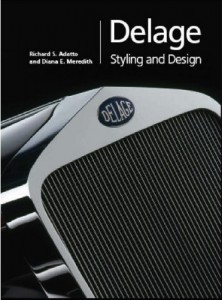


















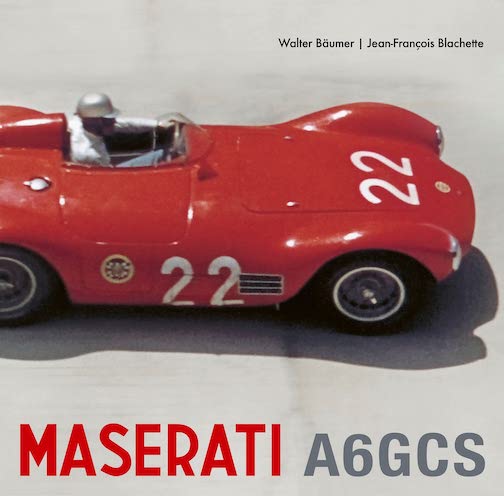







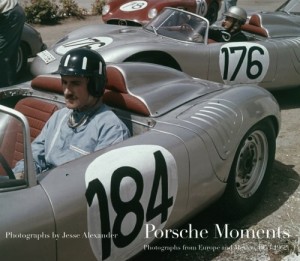
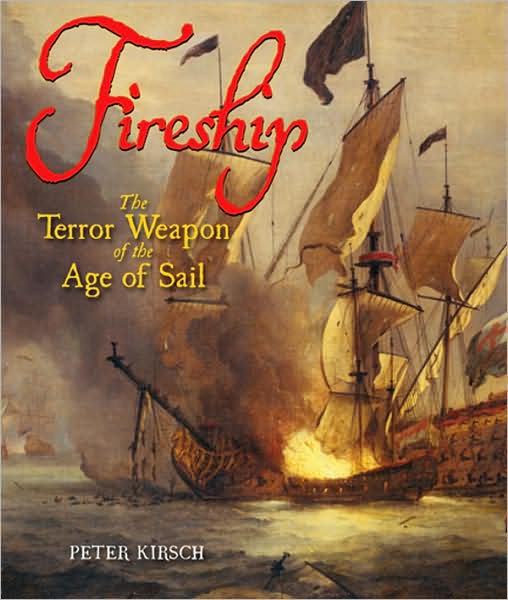












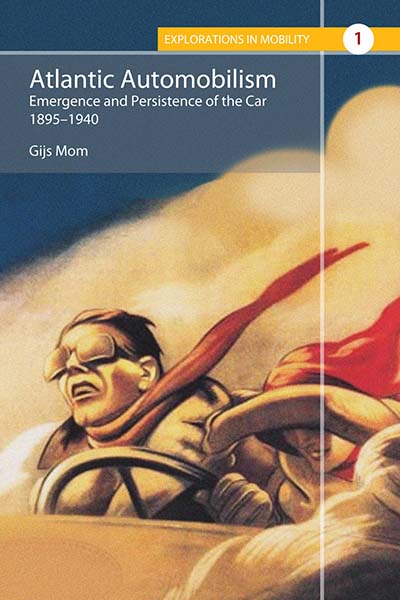



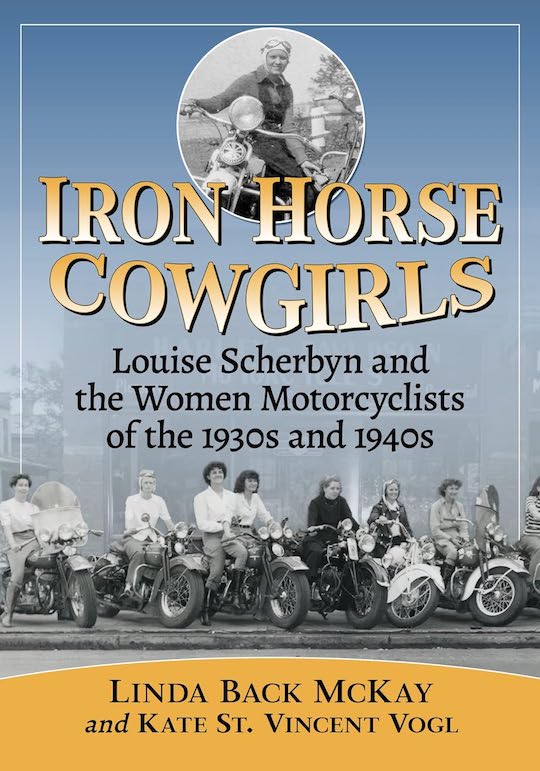









 Phone / Mail / Email
Phone / Mail / Email RSS Feed
RSS Feed Facebook
Facebook Twitter
Twitter